




















by Janet Spencer
A family of German shoemakers revolutionized footwear as we know it. Birkenstocks appealed to people not because of their thick and chunky looks but because they foster longterm emotional attachment. A Birkenstock CEO once called it “love at second sight.” Popular among beatniks, tree-huggers, and the back-to-nature crowd, Birkenstocks carry a reputation of social consciousness, all while enjoying a level of name-brand recognition that exceeds nearly any other shoe. How did this happen? Come along with Tidbits as we wear Birkenstocks!
• One thing that sets Birkenstocks apart from all other shoe companies is that it's been handed down from father to son since before the U.S. was established. The birth of Birkenstocks stretches back to 1774 when Johann Birkenstock was licensed as a shoemaker in Germany. But the story really got started with Johann's great-great-grandson Konrad.
• Konrad, who ran two shoe shops in Frankfurt, invented the world's first insole in 1896, followed by the first flexible arch support in 1902. He called his creation a “fussbett,” meaning “footbed,” and it set the stage for all that followed. (cont)




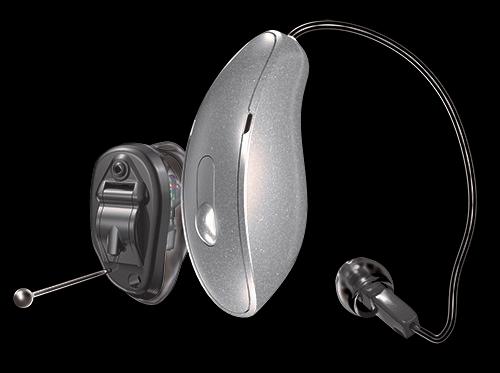


















is Published & Distributed Weekly By: CindAl Publishing Company 812 55th St. Vienna, WV 26105
e-mail: alan@tidbitsmov.com
Advertising: 304.210.3812
We reserve the absolute right to accept, reject, discontinue or refuse any advertisement personal or commercial that we deem may not be conducive for our publication or Tidbits®. The publisher does not assume any responsibility for the claims of its advertisers. Tidbits® is committed to remain a family oriented publication. www.tidbitsmov.com
• Konrad's insole was designed to mimic the natural contours and curves of the human foot. In a day and age when all shoe soles were completely flat, this was the start of everything that sets Birkenstocks apart. By 1925, demand for these insoles was so great across Europe that it warranted the purchase of a large factory in Friedberg, Germany.
• Konrad's son Carl joined the business and began offering training courses and lectures about foot health to cobblers and podiatrists.
• Carl's son Karl was the first to expand the Birkenstock line from insoles to shoes by designing a shoe around his grandfather Konrad's contoured insole and flexible arch support, turning it into an orthopedic shoe.
• The original Birkenstock shoe was released in 1964. The ergonomic design was meant to cradle and protect the foot. This model of shoe, named “The Madrid,” served as the prototype for all Birkenstock styles to come.
• Birkenstock shoes were available only in Europe, but all that changed because of a woman with sore feet. Margo Fraser was a German citizen living in California. In 1966, she traveled to a health spa in Bavaria. She was suffering from a lot of foot pain. She was given a pair of Birkenstocks as therapy, and the pain disappeared. Inspired by the health benefits of the shoes, she asked the company if she could import them to America. They granted her distribution rights.
• Fraser found that shoe stores refused to carry them because they were ugly. Then she got the idea to sell them at health fairs and health food stores, asking that they be displayed beside the granola. This idea was a pivotal moment in the history of Birkenstocks because it resulted in the shoe's iconic association with hippies, liberals, and flower children. (cont)
In this issue of Tidbits our boy Tommy Tidbits is hiding!


Find him and enter the weekly contest, please send us a message including your name, Postal mail address the issue number you are referring to and which ad is hosting Tommy for the week! Visit www.tidbitsmov.com or send the answer with the above information to alan@tidbitsmov.com OR you may send us a private message to our Facebook page - Tidbits MOV. PLEASE do not post the answer directly to the page - that ruins the fun for everyone. All winners will be drawn randomly and will be posted weekly. As with all our contests, though you are welcome to play every week, you are only eligible for one winner per household per month.



Suzi R from Parkersburg Found Tommy In Issue 1256


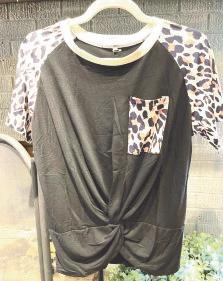


















• Margo Fraser’s distribution company was the only firm allowed to import Birkenstock products into the U.S. until 2007. She played a huge role in Birkenstock’s global success.
• A two-strap model called the Arizona debuted in 1973 after Karl Birkenstock tested the prototype on employees. Today, a third of all Birkenstocks sold are the Arizona.
• Whereas most shoe companies come out with new styles every year in a bid to increase sales, Birkenstock limited itself to occasional variations on the basic design. They never moved production to places like China or Mexico but kept everything where it all began: in Germany, one of the world's greenest countries with some of the best labor laws.
• The company grew slowly until the late 1980s when it found a foothold in the athletic/comfort shoe market. Between 1989 and 1992 the company grew 500%. Between 1992 and 1994, Birkenstock sold more shoes than it had in the previous 20 years.
• Birkenstocks are made of only three basic parts – strap, sole, and footbed – so they are easy for any competent cobbler to repair. They are already extremely durable, and their ability to be repaired can make the shoe nearly immortal. A single pair can last a lifetime, which is not bad for a shoe that retails between $50 and $150.
• Birkenstocks do have some drawbacks. They are not designed for prolonged exposure to water, so they don’t make a good beach shoe. They are also not suitable for wearing during strenuous physical activity or sports.
• The company gets a boost every time a celebrity is seen wearing them: Kate Moss, Gwyneth Paltrow, Madonna, Tanya Tucker, Shaquille O'Neal, Harrison Ford, Wesley Snipes, and even Martha Stewart. (cont)









• In 2012, Birkenstock’s popularity jumped when fashion designer Phoebe Philo of Céline lined Birkenstocks with mink, put them on the runway, and called it the “Furkenstock.” This sparked a deluge of luxury knock-offs that spurred the sale of the real thing as fashionistas found that comfy shoes could also be chic. Vogue magazine raved about the new trend, saying, “There's nothing better than a really pretty dress with an ugly shoe.”
• In 2021, the company was worth $4.9 billion. In 2022, 30 million pairs of Birkenstocks were sold, with estimated revenue of $1.27 billion. The company’s customer base is 30% baby boomers and 31% millennials.
• Today, these iconic shoes are sold in about 100 countries and are available in around 800 different sizes, styles, and colors. The company added waterproof models made out of synthetics. There’s even a leather-free vegan option. In 2018, PETA presented the company with its Libby Award for being the “Most Animal-Friendly Shoe Company.”
• Today, the Birkenstock corporation is owned by L. Catterton, a company backed by the French conglomerate LVMH (Louis Vuitton - Moët Hennessy) which is, ironically enough, just the sort of high-fashion outfit that Birkenstock always shunned.
• It’s been said that when Birkenstocks first found their footing among the anti-nuke health-nut counterculture, the concern was not over what they looked like so much as whether the shoes helped align the chakras. They were the shoe of the opposition; they were the kale of footwear. And yet, Birkenstocks eventually transcended these stereotypes and became an icon of practical value. The shoes are high quality, they’re timeless, and most importantly, they’re comfortable.













Looking for a fun brunch or dinner idea that will impress your guests? Look no further than Shrimp and Grits a beloved classic that epitomizes Southern hospitality. Imagine plump, juicy shrimp swimming in a rich, velvety sauce, nestled atop a bed of creamy, buttery grits. This iconic dish is not just a meal, it's a slice of Southern charm served with a generous side of hospitality.
Now, let's be real: While this dish is heavenly, it's also a special occasion treat due to its high fat and calorie content. In the South, shrimp aren't just an ingredient, they're a way of life. Treat them with the utmost care overcooked shrimp are a cardinal sin! So, whether you're celebrating a milestone or simply want to elevate your dining experience, shrimp and grits are sure to steal the show.
Yield: 4 generous servings
Total Time: 35 mins.
What You'll Need:
1 cup heavy cream
2 cups water
1 1/2 cups shrimp stock or chicken stock
1/4 cup butter
1/4 teaspoon kosher salt
1/4 teaspoon black pepper
1 cup stone-ground grits
1/4 cup Parmesan cheese, grated
1-pound raw shrimp, large (21/30 per pound), peeled and deveined
3 tablespoons lemon juice
3 thick bacon slices
2 tablespoons onion, finely chopped
1 clove garlic, minced
2 tablespoons green or red bell pepper, finely chopped
Here's How:
In a large saucepan over medium-high heat, combine cream, water and hot stock. Bring the mixture to a gentle boil. Add butter, salt and pepper to the boiling mixture.
Slowly pour in the grits while whisking constantly to prevent them from settling at the bottom and scorching. Continue stirring until all the grits are added, then reduce the heat to low. Cook the grits for 20 minutes, stirring occasionally to prevent scorching. You're going to want a lid on this saucepan. You see, grits bubble and splash while they cook. I've noticed none of the old recipes I researched said anything about this. I think it's a little joke Southerners like to play on the rest of us. Anyhoo, they will become tender and have an irresistible creamy, dreamy consistency. Add the Parmesan and give them a stir to finish them off.
If the grits become too thick, you can add warm stock or water to thin them. Once cooked, remove the saucepan from the heat.
Meanwhile, sprinkle the shrimp with lemon juice, salt and pepper to taste, toss to coat and set them aside.
In a large frying pan over medium heat, cook the bacon until it's browned but not quite crispy. Remove the bacon from the
pan and rest it on a plate lined with paper towels. Let it cool, then coarsely chop it. Reserve 4 tablespoons of the bacon grease from the frying pan and discard the rest. Add the onion, garlic and green or red bell pepper to the pan, and saute them for about 10 minutes or until the onion becomes transparent. Reduce the temperature to low. Add the shrimp and lemon mixture and return the chopped bacon to the pan. Saute them for approximately 3 to 5 minutes, or until the shrimp just turn pink and are opaque in the center. You can cut one shrimp to test for doneness. Once cooked, immediately remove the pan from the heat.
To serve, spoon hot grits onto individual serving plates and top with shrimp mixture. Add one final squeeze of lemon and bask in the glory of your culinary masterpiece. ***
Lifestyle expert Patti Diamond is the penny-pinching, partyplanning, recipe developer and content creator of the website Divas On A Dime Where Frugal, Meets Fabulous! Visit Patti at www.divasonadime.com and join the conversation on Facebook at DivasOnADimeDotCom. Email Patti at divapatti@divasonadime.com (c) 2024 King Features Synd., Inc.
Creamy grits topped with shrimp in a velvety sauce. Perfect for a special brunch or dinner.
PHOTO CREDIT: www.JasonCoblentz.com


• Out of every 100 people in the world, one or two of them will be a natural redhead, the rarest hair color. Worldwide, 84% of the population has black or dark brown hair. Brunettes come in second with 11%. Only about 3% are blond, and 2% are redheads.
• The gene for red hair is a recessive trait, meaning a baby must inherit one gene from each parent to be a redhead. If both parents have the gene, but are not redheads themselves, there’s only a 25% chance the baby will be a redhead. If one parent is a redhead and the other is not, but carries the gene, there’s a 50% chance of the baby being a redhead. However, if both parents who have the gene are redheads, it’s a virtual guarantee that their offspring will also have red hair.
• Scotland has the highest proportion of redheads with 13% of the population, followed by Ireland with 10%. However, the United States has the largest population of redheads in the world, with an estimated 7 million. Though all races have redheads, the trait is more frequently found in people of northern and western European ancestry.
• Surnames common throughout the British Isles reflect the frequency of red hair there, including Flanary (“red eyebrow”), Reid (“red-haired, ruddy complexion”), and Flynn (“bright red”).
• In 1995, researcher Jonathan Reese found that a mutation of the gene MC1R on chromosome 16 is responsible for red hair. Labeled the “ginger gene,” it blocks the production of brown and black pigments and causes an accumulation of red and blond pigments. The mutation likely appeared for the first time around 20,000-40,000 years ago.
(Continued page #7)



1090 S. Pleasants Hwy St Marys WV 9a - 7p Sun 10-5



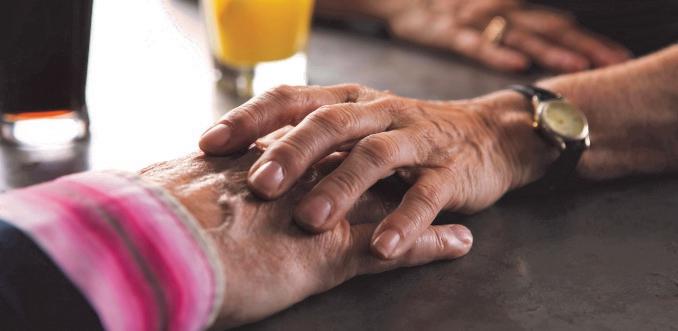
Support Clients In: Substance Use Treatment or Mental Health Programming or Individuals w/Intellectual & Developmental Disabilities Start at $13-$14/hr. Paid Time Off Paid Training Health & Wellness Benefits



Don’t Look now, but your Tidbits are showing!!







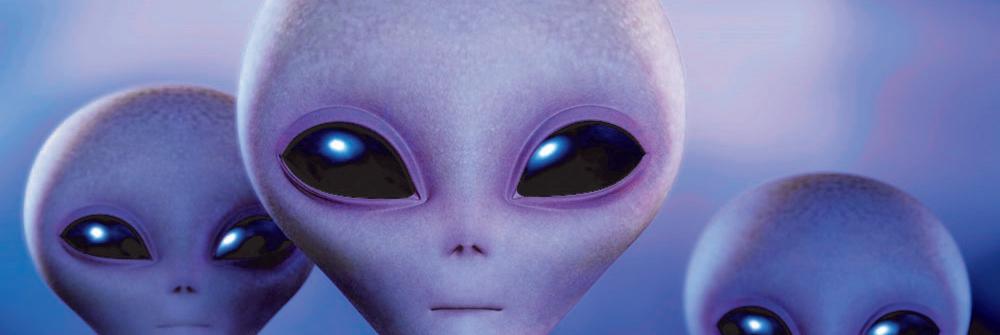























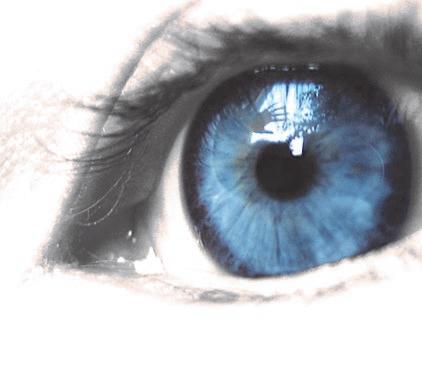










DEAR PAW'S COR-
NER: We're taking a road trip across the country and bringing our dog "Frankie" with us. He's about 6 years old and well trained, but has never been beyond the front yard. How can we keep him comfortable on our journey? Linda P. in Trenton, New Jersey
DEAR LINDA: A road trip sounds like fun! And the key to your dog having a great time is to plan, plan, plan. First, make sure that Frankie's vaccinations are up to date and that his license tag and identifying information are securely attached to his collar. It's not a bad idea to microchip your dog, too in case he runs off and his collar gets detached. Carry a copy of his vet records with you, too. Next, start planning the road trip with Frankie in mind.
Plan rest breaks and build them into your travel time. Check along the route that you'll be traveling for pet-friendly rest areas where you can walk dogs (on leash) during stretch breaks. You'll want to stop every two to three hours. Look for pet-friendly accommodations along the route. If you're camping, check the campsite rules not all of them allow pets!
Pack a bag just for Frankie that has his medications, food (especially if he eats specialty pet food), favorite toys, extra blanket and extra leash. Make sure Frankie is safe and secure in the car. Bigger dogs do better in a kennel cage set up in the back of your SUV or the folded-down back seat, with a padded bed to lie down on. If Frankie suffers from anxiety or tends to get sick in the car, talk to the vet about medication to ease his symptoms. Send your tips, comments or questions to ask@pawscorner.com.
(c) 2024 King Features Synd., Inc.

















• The same MC1R genetic mutation makes it easier for redheads to create and absorb Vitamin D, which is important for people living in northern climates.
• Red hairs tend to be thicker than other colors of hair. Redheads have fewer strands of hair on their heads, amounting to an average of 90,000 strands versus 140,000 strands for other colors. But since each hair is thicker, it looks like a full head of hair.
• The rarest combination of hair color plus eye color is a blue-eyed redhead. Redheads most commonly have brown, hazel, or green eyes. Only about 1% of humans have red hair and blue eyes.
• Redheads are more likely to have freckles, and they sunburn easily. They also have a greater chance of developing skin cancer.
• People with red hair tend to bruise more easily. They are more tolerant of pain and require lower doses of painkillers. Surprisingly, however, they also tend to require about 20% higher doses of anesthesia.
• They are also more likely to be left-handed.
• Red hair does not grey the way other colors of hair do. Instead, it gradually turns blond before turning white.
• It’s much harder to dye red hair different colors because it holds onto its natural pigmentation much more than other colors of hair. If red hair must be dyed, dark colors are far easier to achieve than light colors
• Of the women who dye their hair at home, 30% choose red shades.
• There are proportionately more redheads featured in commercials than there are in the world. A 2014 study found that 30% of ads during primetime hours included someone with red hair. Providing Individual Pet














